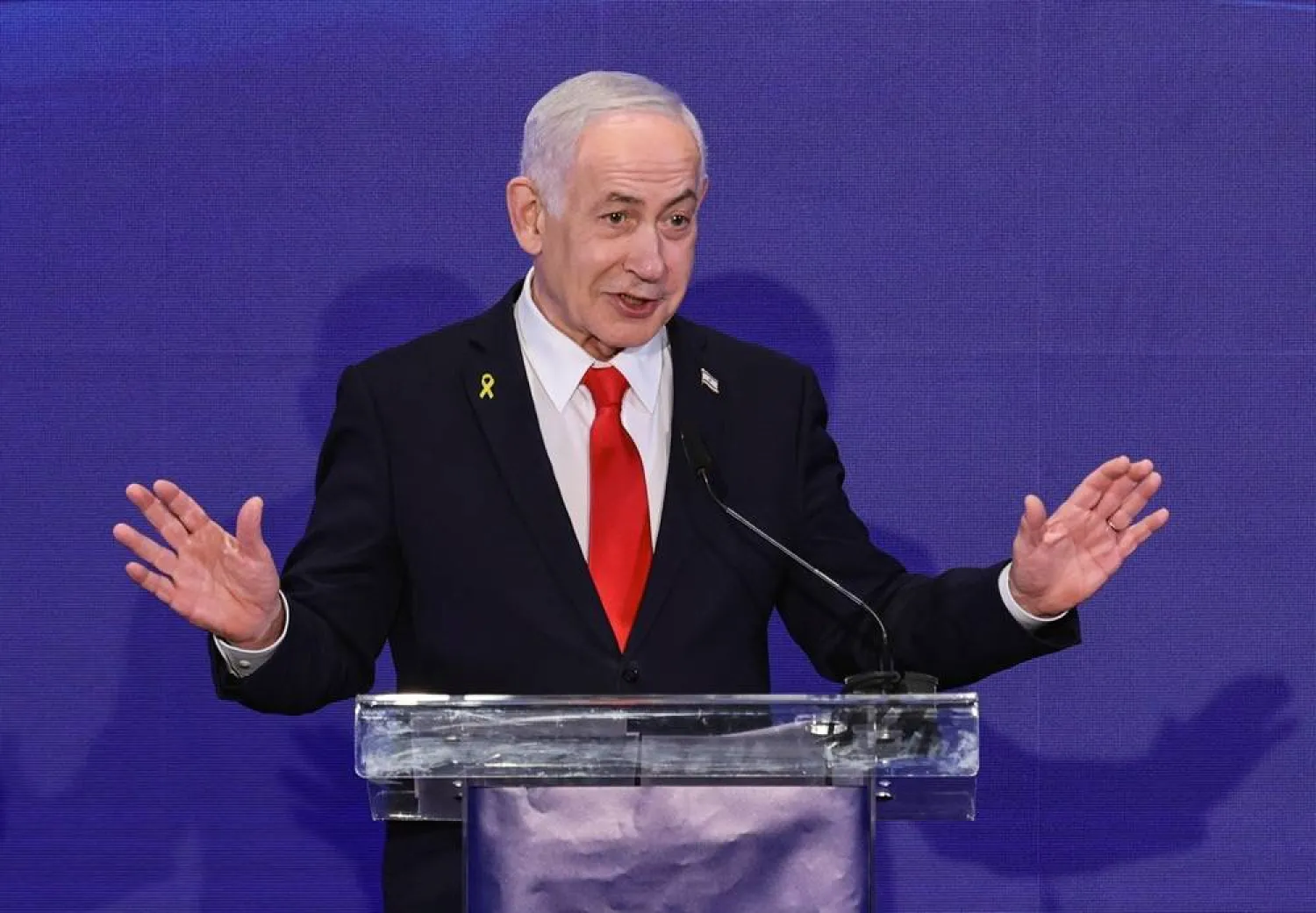US Senator Bob Menendez, Chairman of the Senate Foreign Relations Committee, and Senator Bill Hagerty have introduced the MISSILES Act, a bipartisan bill to impose US sanctions on Iran’s missile and drone program.
This move came as Israeli President Isaac Herzog said in his address to Congress that Iran “spreads hatred, danger, and terror in the Middle East and publicly calls for the destruction of the State of Israel.”
The looming October 2023 sunset of key UN Security Council restrictions on Iran’s ballistic missiles and drones – including potential transfers to Russia for use against Ukraine – “underscores the need for this urgent legislation,” Menendez and Hagerty said Wednesday.
This bill codifies sanctions on Iran’s missile and drone program under Annex B of UN Security Council Resolution 2231. It ensures that Iran’s destabilizing development and proliferation of ballistic missile technology remains subject to appropriate US sanctions in the likely event that Russia and China block an extension of UN restrictions in the Security Council.
“Iran will not stop developing its missile and drone programs, nor will they stop providing this dangerous technology to its proxies and to Russia’s illegal war against Ukraine,” said Menendez.
“It is absolutely vital that our sanctions policy reflect that reality in the event UN restrictions come to an end in October. The United States must continue to disrupt Iran’s proliferation of missiles and UAVs, as well as its supply to proxies and to Russia.”
Menendez called on US allies and partners “to join us in addressing the threats posed by Iran’s ballistic missile program.”
As for Hagerty, he said: “Iran’s terror-sponsoring regime continues to violate with impunity the UN Security Council’s international prohibitions on the export of missiles, drones, and other destabilizing weapons to foreign actors.”
“This bipartisan legislation imposes far-reaching sanctions against any foreign individual, entity, or government that is engaged in activities related to Iran’s missiles, drones, and other destabilizing weapons—even if the UN Security Council’s international prohibitions are irresponsibly allowed to sunset in October 2023,” he added.









